The door and rear side panelling as well as the centre console merge smoothly to emphasise the sporty character of the Cabriolet. In vehicles with an automatic transmission and direct select selector lever on the steering wheel, a large, one-piece centre console panel sweeps elegantly from the centre air vents to the touchpad in the hand-rest above the controller on the centre tunnel. These seamless, clear-cut lines create a sense of open space and convey a sense of simple, purist modernity.
The sport seats feature an integral look with muscular side bolsters and organically integrated head restraints as well as the AIRSCARF neck-level heating for open-roof driving in the winter. The rear seats are in the form of individual seats. Their back-rests offer an electrically unlockable through-loading feature as standard, and can be split 50:50 for everyday practicality and can be completely folded down too.
The AIRSCARF neck-level heating system uses air outlets in the head restraints to wrap an invisible scarf of warm air around the head and neck areas of the driver and front passenger. The electric aircap draught stop system was specially developed for Mercedes-Benz convertibles and reduces air turbulence also for the rear seat passengers. When the aircap switch is operated, a wind louver automatically extends on the windscreen and the draught-stop behind the rear head restraints is raised. The wind louver on the windscreen and the rear draught-stop are very precisely co-ordinated: the wind louver increases the arc of the airflow above the passenger compartment, while the draught-stop reduces the backdraught. This enables air turbulence in the interior to be considerably reduced.
The Cabriolet comes with the option of eight petrol engines starting from a four-cylinder 1.6-litre C 180 producing 156 PS and 250 Nm of torque, and going all the way up to 4.0-litre V8 with 510 PS and 700 Nm. The two diesel engines are C 220 d and C 250 d. The engines are mated to a six-speed manual transmission or a 9G-Tronic nine-speed automatic transmission.
The four-link front suspension with wheel suspension decoupled from the spring strut plays a major part in the agile handling of the new C-Class convertible. This allows sporty axle kinematics for plenty of grip and high lateral stability. As a result, the suspension responds more sensitively to steering movements and allows a sporty, agile driving style. The steering is an electro-mechanical rack-and-pinion power unit.
A multi-link independent rear suspension with five links ensures excellent wheel control qualities and supreme straight-line stability. The rear axle carrier and the spring control arms are made of forged aluminium to reduce the car’s unsprung weight. The suspension on the Cabriolet, which is 15 millimetres lower in comparison with the saloon, comes as standard with steel springs and a selective damping system. Braking duties are taken care of by ventilate discs at the front and solid discs at the rear.
The car I chose for the drive was the C 300 which is most likely to come to India by the end of the year or beginning of the next. The roads in Trieste and Slovenia were narrow and winding, just perfect to exploit the handling capabilities of the car. The ride quality is on the firm and sporty side compared to the sedan. The steering is on the light side but gives excellent feedback.
The C-Class Cabriolet is a perfect blend of luxury and performance. If you fancy open-top driving, then you should look forward to the C Cabriolet coming to India.


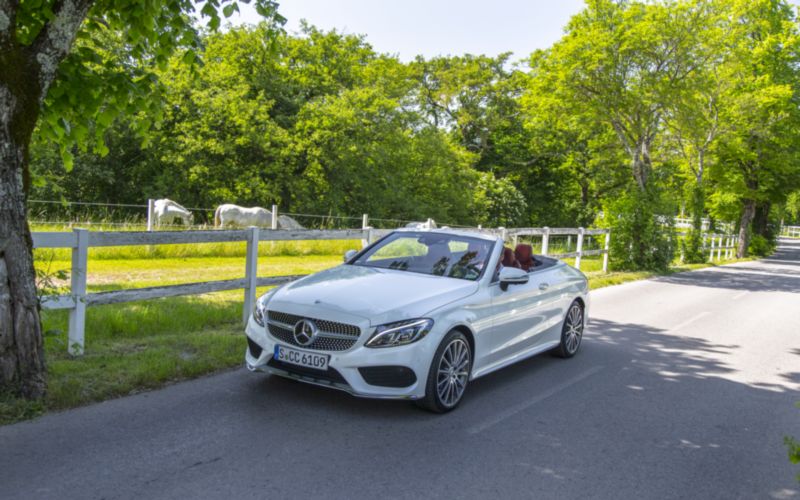


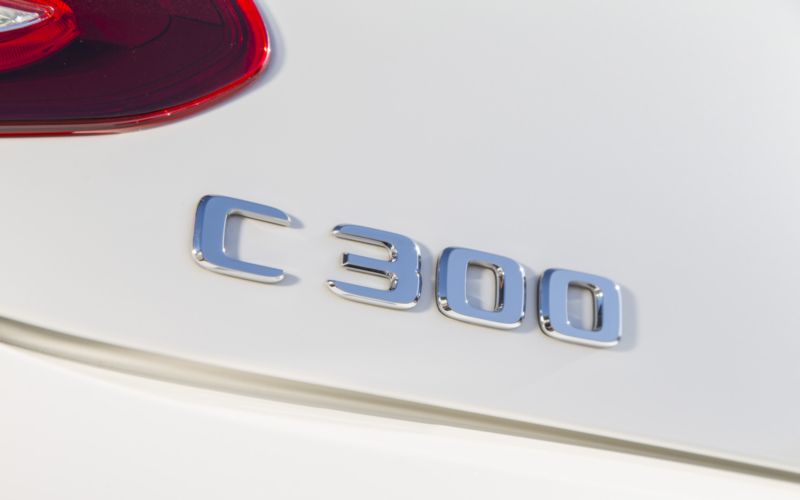











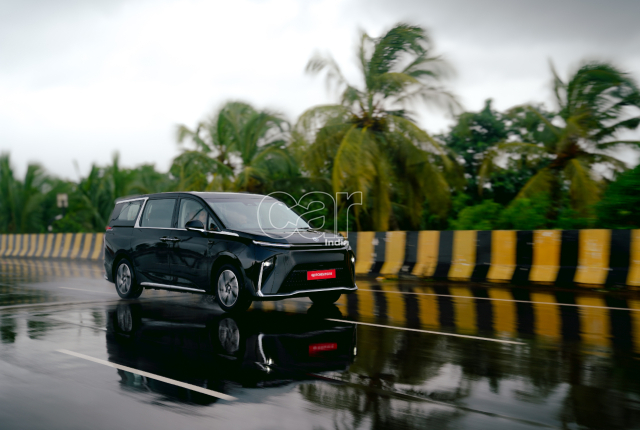
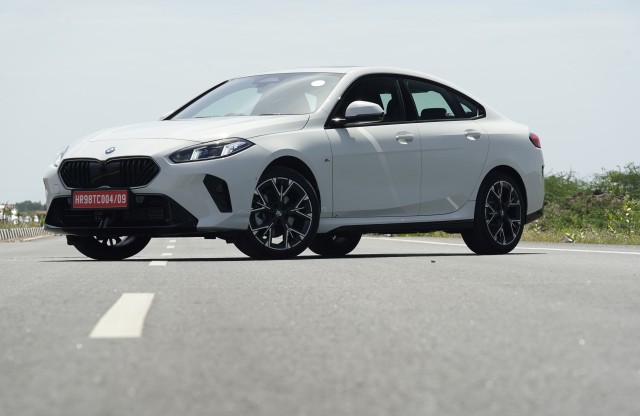
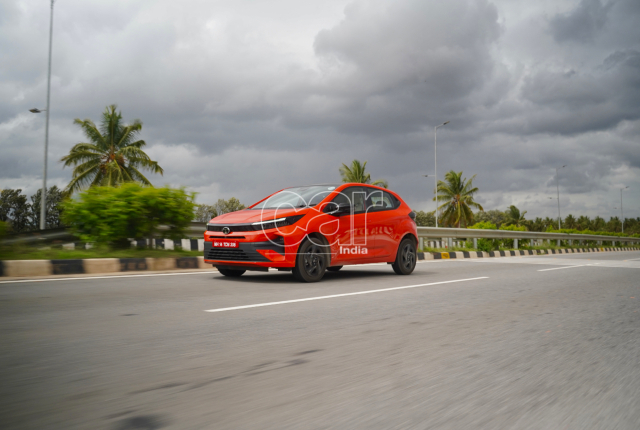
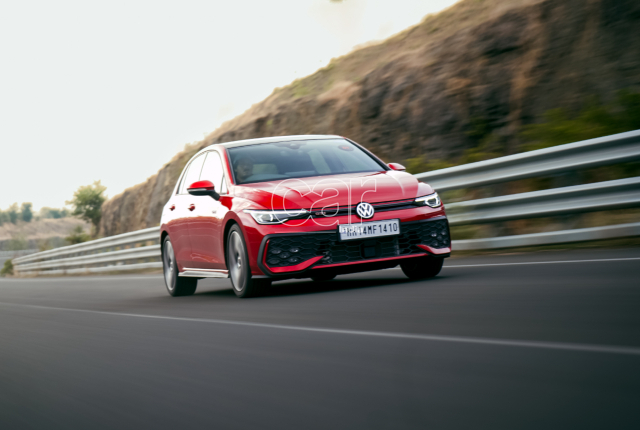
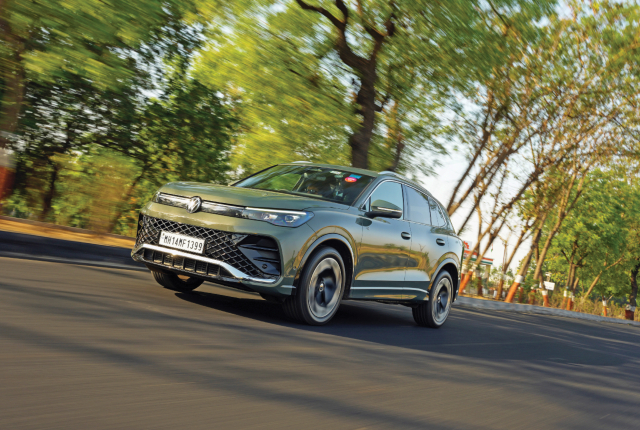




Leave a Reply